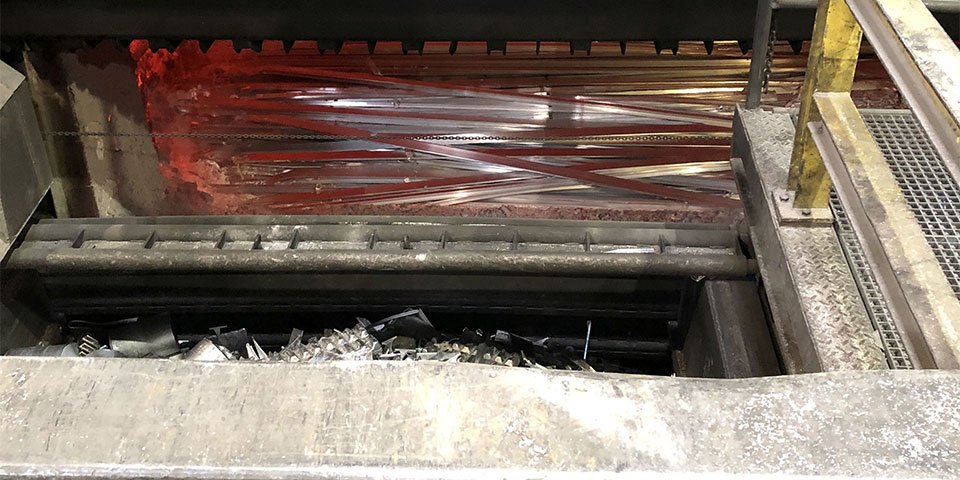
Positive environmental score VMRG Hallmark aluminum window frames due to circularity
New figures for aluminum facade elements were recently published in the National Environmental Database. The exceptionally high percentage of circular content in aluminum facades for the building and facade industry ensures an excellent environmental score. Because of all the circular efforts in the metal facade industry, an aluminum window frame realized under the VMRG Hallmark is now one of the better choices for the environment.
Where does this positive environmental score come from? For metal facades, circularity always goes hand in hand with better environmental performance. Recycling metal requires significantly less energy. Recycling aluminum takes only 5% of the energy needed to produce aluminum from bauxite. This therefore provides a huge CO2 reduction on.
55% circular aluminum
The metal facade industry, along with others, has made efforts to achieve a closed-loop recycling of metal facade products. These efforts are reflected in the figures. 95% of facade aluminum is recycled after use. In new facades, 55% of the aluminum is already of circular origin. This industry average of 55% is exceptionally high in both the construction and facade industries. To give you an idea, aluminum facade products already meet the 2030 circular targets.
Environmental performance for buildings
The VMRG recently commissioned Life Cycle Analyses (LCAs) for aluminum window frames realized under the VMRG Seal of Approval. An LCA determines the environmental impact of a product over its entire life cycle. From the extraction of raw materials through production and (re)use to waste disposal. Various environmental effects during this process are assessed. The new positive environmental data that emerge from this have now been incorporated into the various calculation tools for calculating environmental performance for buildings (MPG). These can be found under:
- Aluminum window frame, fixed frame, with VMRG Hallmark;
- Aluminum window frame, sash part, with VMRG Hallmark.
For these LCAs, average industry data were used from companies with the VMRG Hallmark.
Favorable expectations
The industry is making efforts to close the loop (metal out of the facade, back into the facade) even better, which will only increase the positive effect on environmental performance. One way the industry is doing this is by introducing circular business models ranging from ‘recycling’ and ‘facade with buy-back guarantee’ to ‘facade-as-a-service. Together, the companies separate metal products from a facade as cleanly as possible and ensure that the products and materials are returned for new facades. In this way, it is possible to continue the cycle indefinitely and make the share of circular as high as possible.
The VMRG expects several more improvements in the new data to be included in the calculations of environmental performance for buildings in the near future. More new up-to-date environmental data for facade products realized under VMRG Quality Mark will also become available in the coming years.




